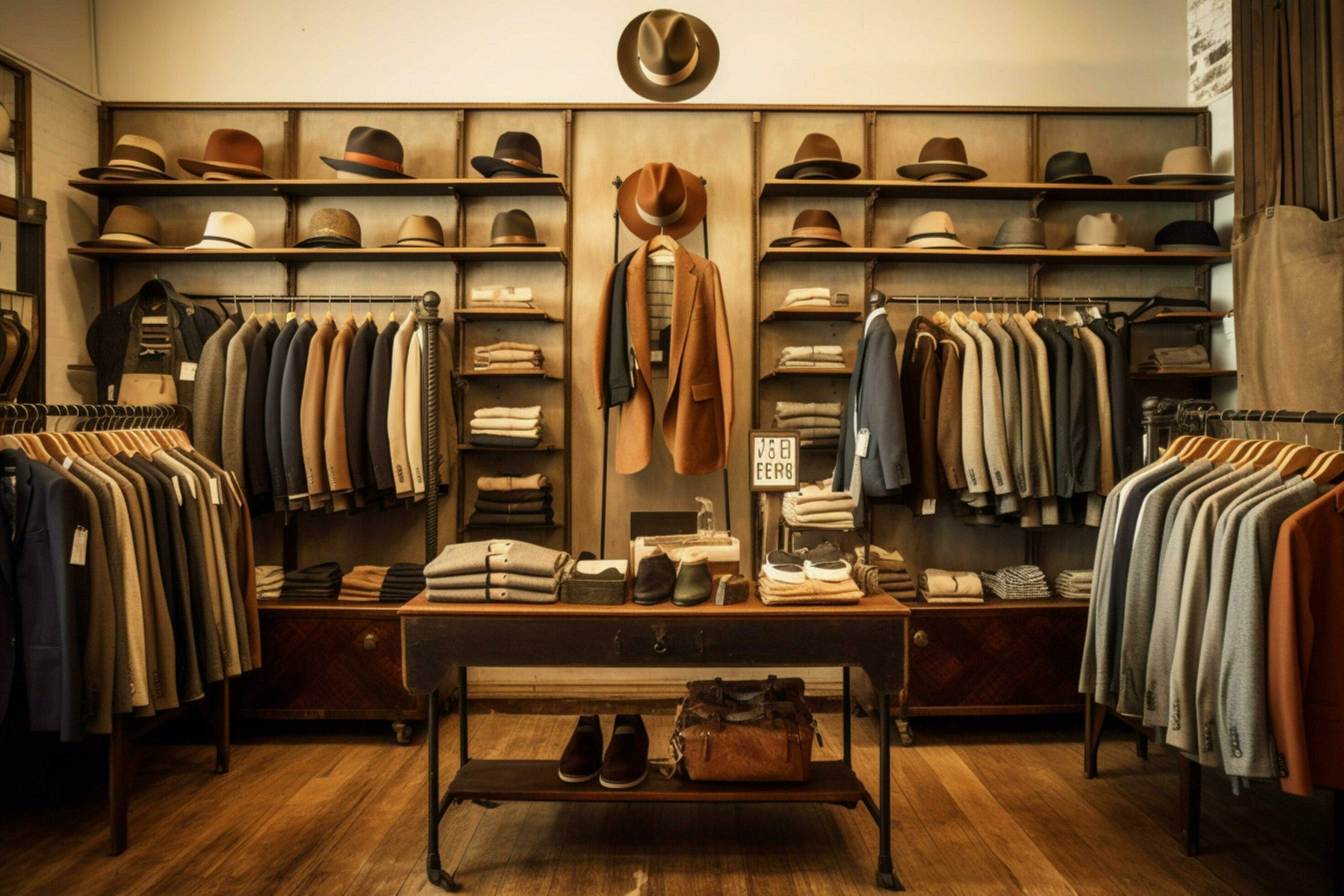Checking Out the Advancement and Influence of Clothes on Modern Style Trends
The advancement of clothing has substantially affected modern-day fashion trends, combining historical precedents with cutting-edge developments. Renowned numbers like Coco Chanel and Yves Saint Laurent revolutionized the fashion business by presenting ideas that prioritize comfort and availability, which continue to resonate today. Meanwhile, technical strides in areas such as 3D printing and clever fabrics are redefining design possibilities and consumer experiences. In addition, the expanding focus on inclusivity and sustainability is reshaping industry criteria. As we take into consideration these complex impacts, one must question how these elements collectively redefine fashion's role in showing and shaping contemporary culture.
Historical Fashion Influencers
In the tapestry of fashion history, specific numbers have left an enduring mark, shaping the fads and styles that specify whole ages. Coco Chanel, a cutting edge designer, redefined females's fashion by presenting comfy, stylish clothing that left from limiting bodices.
Elsa Schiaparelli is another essential number, renowned for her avant-garde layouts that integrated surrealist art, teaming up with Salvador Dalí to create whimsical items that challenged traditional aesthetics. Her ingenious use color and strong patterns resounds in contemporary fashion. Yves Saint Laurent, on the other hand, equalized haute couture with prêt-à-porter collections, bringing runway designs to the masses and establishing a precedent for contemporary ready-to-wear lines.
These visionaries, to name a few, not just changed fashion in their times however additionally set withstanding fads that resonate in today's fashion market, offering a foundation whereupon modern-day developers remain to introduce and develop. Their legacies underscore the value of creative thinking and bold in fashion's ever-evolving narrative.
Technological Improvements in Fashion
Among the vibrant landscape of the fashion business, technical advancements stand at the leading edge of technology, improving exactly how designers create and consumers involve with style. The assimilation of 3D printing has actually changed layout processes, allowing developers to explore complicated structures and sustainable materials that were previously inconceivable. This technology assists in quick prototyping, minimizing waste and quickening manufacturing times.

Smart fabrics, embedding technology into textiles, are also changing the industry. Innovations like temperature-regulating and self-cleaning textiles offer improved capability and comfort. Wearable innovation, including features like fitness tracking and interaction, includes a brand-new measurement to style, merging appearances with functionality.
Cultural Shifts and Design
As technical advancements continue to reshape the style industry, cultural changes are equally prominent, redefining design and consumer choices. In recent times, the rise of social media systems has sped up the dissemination of global style trends, enabling varied cultural influences to exist side-by-side and assemble. This digital interconnectivity has assisted in the rapid exchange of ideas, bring about a more eclectic and inclusive interpretation of style that reflects the diverse nature of modern society.
Cultural recognition and appreciation have actually prompted designers to attract ideas from a wider spectrum of ethnic and historic contexts, integrating typical themes with modern appearances. This combination has caused fashion that resonates with a bigger audience, promoting a sense of identity and belonging across different demographics. Furthermore, the increasing need for customization has actually driven brands to provide customizable options, enabling customers to express uniqueness while showing their social heritage.
Moreover, shifting societal values have impacted style, with inclusivity and variety becoming main motifs. The industry has actually begun to embrace models and influencers of numerous type of body, imp source ethnic cultures, and gender identifications, difficult traditional beauty criteria. This improvement highlights the power of cultural changes in forming the future of fashion, as design ends up being an extra authentic expression of individual and collective identification.
Sustainability and Modern Style
While the fashion business remains to develop, the essential for important source sustainability has ended up being increasingly urgent, influencing contemporary style practices. This change aims to attend to ecological problems and moral factors to consider, leading to a reevaluation of traditional production approaches. Designers are currently integrating sustainable materials, such as organic cotton, recycled polyester, and naturally degradable materials, into their collections, reducing the eco-friendly footprint of fashion. The increase of slow fashion, which highlights quality over quantity, motivates consumers to buy classic items as opposed to short-term trends.
Additionally, modern style is characterized by its technology in lessening waste and promoting circularity. This strategy not just alleviates environmental effect however likewise boosts the social obligation of fashion houses.

Future Trends in Fashion

Sustainability will continue to be a driving pressure in shaping future style patterns. The industry is significantly taking on environmentally friendly materials and honest production techniques, reacting to an you can try these out expanding consumer demand for responsible methods. Innovations such as bio-fabricated materials and closed-loop recycling systems are readied to redefine how apparel is created and eaten, reducing environmental impact while preserving design and quality.
Cultural shifts, including the surge of inclusivity and variety, will additionally play an essential duty. As society ends up being more familiar with social concerns, style is anticipated to come to be a system for expression and modification. Designers will likely concentrate on developing collections that mirror a more comprehensive array of experiences and identities, championing representation and access.
Verdict
The evolution of clothes dramatically affects modern-day style trends, where historic influences merge with modern styles. This recurring evolution underscores style's role as a mirror to societal values and technological innovation, suggesting a future rich with development and inclusivity.
The development of apparel has actually considerably affected contemporary fashion fads, combining historic precedents with sophisticated advancements.Among the dynamic landscape of the style market, technical advancements stand at the forefront of technology, improving how developers develop and consumers involve with style.While the fashion market continues to advance, the imperative for sustainability has come to be progressively urgent, affecting modern layout techniques. As sustainability becomes embedded in modern-day layout, it leads the way for a more responsible and conscious fashion market.
The evolution of clothing considerably impacts modern fashion patterns, where historic impacts combine with contemporary designs.